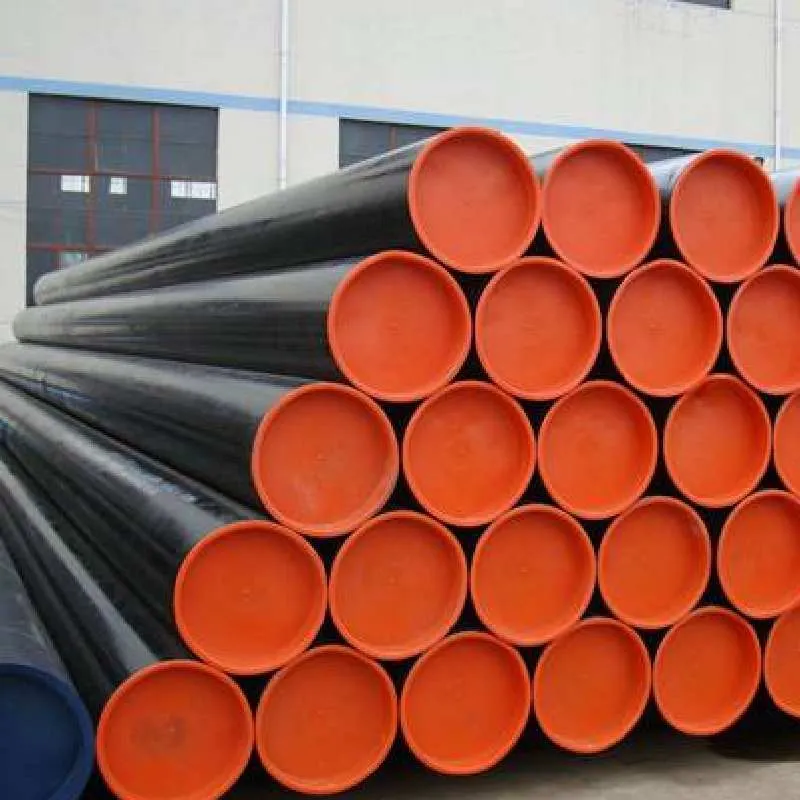-
Cangzhou Yulong Steel Co., Ltd.
-
Phone:
+86 13303177267 -
Email:
admin@ylsteelfittings.com
- English
- Arabic
- Italian
- Spanish
- Portuguese
- German
- kazakh
- Persian
- Greek
- French
- Russian
- Polish
- Thai
- Indonesian
- Vietnamese
- Zulu
- Korean
- Uzbek
- Hindi
- Serbian
- Malay
- Ukrainian
- Gujarati
- Haitian Creole
- hausa
- hawaiian
- Hebrew
- Miao
- Hungarian
- Icelandic
- igbo
- irish
- Japanese
- Javanese
- Kannada
- Khmer
- Rwandese
- Afrikaans
- Albanian
- Amharic
- Armenian
- Azerbaijani
- Basque
- Belarusian
- Bengali
- Bosnian
- Bulgarian
- Catalan
- Cebuano
- China
- China (Taiwan)
- Corsican
- Croatian
- Czech
- Danish
- Esperanto
- Estonian
- Finnish
- Frisian
- Galician
- Georgian
- Kurdish
- Kyrgyz
- Lao
- Latin
- Latvian
- Lithuanian
- Luxembourgish
- Macedonian
- Malgashi
- Malayalam
- Maltese
- Maori
- Marathi
- Mongolian
- Myanmar
- Nepali
- Norwegian
- Norwegian
- Occitan
- Pashto
- Dutch
- Punjabi
- Romanian
- Samoan
- Scottish Gaelic
- Sesotho
- Shona
- Sindhi
- Sinhala
- Slovak
- Slovenian
- Somali
- Sundanese
- Swahili
- Swedish
- Tagalog
- Tajik
- Tamil
- Tatar
- Telugu
- Turkish
- Turkmen
- Urdu
- Uighur
- Welsh
- Bantu
- Yiddish
- Yoruba

Dec . 04, 2024 00:50 Back to list
Durable and Versatile Applications of Stainless Steel Pipe Systems in Various Industries
Understanding Stainless Steel Pipework Advantages, Applications, and Maintenance
Stainless steel pipework has become a cornerstone in various industries due to its outstanding properties and versatility. From water supply systems to chemical processing, and food and beverage applications, stainless steel pipes offer unparalleled performance that meets the demands of modern engineering and manufacturing.
What is Stainless Steel Pipework?
Stainless steel pipework refers to the framework of pipes made from stainless steel, an alloy composed mainly of iron, with a minimum of 10.5% chromium content. This specific composition is what provides its remarkable resistance to corrosion, staining, and rust. Additionally, stainless steel possesses a high strength-to-weight ratio, making it suitable for a wide array of applications.
Advantages of Stainless Steel Pipework
1. Corrosion Resistance The primary advantage of stainless steel is its resistance to corrosion. Unlike other metals, stainless steel can withstand harsh environments, including high temperatures and aggressive chemicals. This makes it a preferred choice in industries such as oil and gas, pharmaceuticals, and food processing.
2. Durability Stainless steel pipes are designed to last. They possess high tensile strength, allowing them to withstand pressure without deforming or breaking. This durability translates into lowered maintenance costs and extended service life, making stainless steel a cost-effective solution in the long run.
3. Hygienic Properties In sectors like food processing and healthcare, hygiene is paramount. Stainless steel is non-porous, which means it doesn’t harbor bacteria or other pathogens, making it an excellent choice for pipework in hygienic applications.
4. Aesthetic Appeal While functionality is key, the appearance of stainless steel also plays a significant role. Its smooth, shiny surface can enhance the aesthetics of an installation, making it a popular choice in architectural applications.
5. Temperature Resistance Stainless steel can maintain its integrity under extreme temperature variations, which is essential in applications like heating systems and steam pipes. This thermal stability further validates its use in process piping systems.
stainless steel pipework

Applications of Stainless Steel Pipework
Stainless steel pipework is used across various industries, each requiring specific characteristics from their piping systems
- Food and Beverage Industry Stainless steel’s hygienic properties make it suitable for transporting water and food products, as well as for brewing and winemaking processes. Specialized grades like 304 and 316 are often employed for their corrosion resistance against food acids and cleaning agents.
- Chemical Processing The chemical industry relies heavily on stainless steel due to its ability to withstand harsh chemicals and processes. Pipework made from stainless steel can handle high pressures and temperatures, ensuring safe and efficient operations.
- Oil and Gas The oil and gas sector often operates in environments that can be corrosive to other materials, such as seawater. Stainless steel pipes are utilized for offshore drilling and pipelines, providing the necessary durability and reliability.
- Healthcare In medical applications, stainless steel’s non-reactive and anti-microbial properties make it ideal for hospital equipment and surgical tools. Its cleanability is essential for maintaining sterile environments.
Maintenance of Stainless Steel Pipework
While stainless steel pipework is low maintenance due to its inherent properties, it is not maintenance-free. Regular inspections are crucial to ensure there are no signs of wear or corrosion, particularly in environments with fluid flow that may lead to crevice corrosion. Cleaning methods may include steam cleaning, chemical cleaning, or mechanical polishing, depending on the specific application and environment. Additionally, it is vital to prevent the use of incompatible materials and contaminants during installation and maintenance to retain the integrity of the stainless steel.
Conclusion
In conclusion, stainless steel pipework is a vital component across industries, providing solutions that combine strength, durability, and hygiene. Its myriad advantages make it an appealing choice for engineers and manufacturers alike. Understanding the properties, applications, and maintenance practices of stainless steel piping systems is crucial for optimizing their performance and longevity in various settings. As industries continue to evolve, the demand for reliable and efficient piping solutions will undoubtedly make stainless steel a material of choice for generations to come.
Latest news
-
ANSI 150P SS304 SO FLANGE
NewsFeb.14,2025
-
ASTM A333GR6 STEEL PIPE
NewsJan.20,2025
-
ANSI B16.5 WELDING NECK FLANGE
NewsJan.15,2026
-
ANSI B16.5 SLIP-ON FLANGE
NewsApr.19,2024
-
SABS 1123 FLANGE
NewsJan.15,2025
-
DIN86044 PLATE FLANGE
NewsApr.19,2024
-
DIN2527 BLIND FLANGE
NewsApr.12,2024
-
JIS B2311 Butt-Welding Fittings LR/SR 45°/90° /180°Seamless/Weld
NewsApr.23,2024











